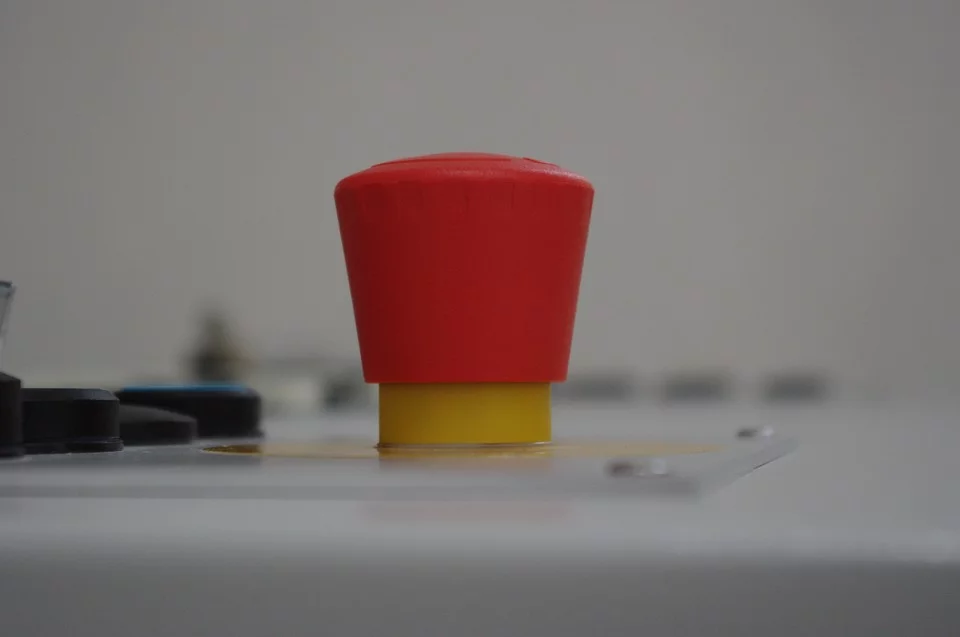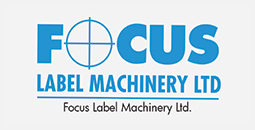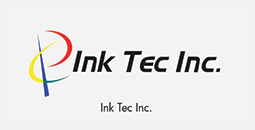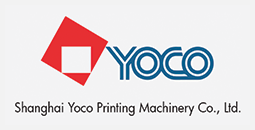According to the Health & Safety Executive, the printing industry has a relatively high incidence of machinery-related accidents. The majority of printing machine accidents occurs while preparing, or making ready, or cleaning the machinery, while freeing blockages also accounts for a significant percentage. However, by choosing the right machine for the job, training employees to safeguard themselves and taking basic safety precautions, common hazards can be avoided.

UNSAFE WORKING PRACTICES
Many label printing machine accidents are caused by contact, or entanglement, with dangerous moving parts, including rotating parts, such as printing cylinders, rollers and transmission machinery. Long, untied hair, loose clothing and jewellery all pose obvious entanglement hazards and should be prohibited among printing machine operators. Fingers are equally at risk, so fully automatic feeding, rather than hand feeding, of label media is far and away the safer option. Furthermore, control switches, including a red, mushroom-shaped emergency stop button, should be clearly marked and placed within easy reach of the operator.
MACHINE SAFETY REGULATIONS
All new printing machines should carry a Conformité Européenne (CE) mark and be supplied with a Declaration of Conformity. However, a Declaration of Conformity is not a guarantee of safety; a manufacturer may not have considered all the procedures in your printing works, so a risk assessment is still necessary. Some manufacturers design and build printing machines according to customers’ requirements, which can make life much easier in that respect. Furthermore, any press manufactured, or refurbished, after 2005 should comply with the European Standard BS EN 1010 ‘Safety of machinery – Safety requirements for the design and construction of printing and paper converting machines’.
PROTECTIVE GUARDS
All printing presses should be fitted with effective protection. The type of guard may vary according to the age of the machine and its control type, but guards either prevent access to hazardous parts altogether or bring the machine to a halt if a person places themselves in imminent danger. Fixed guards are preferable but, if hazardous parts, such as printing cylinders, require regular intervention, interlocking guards or trip devices – such as electro-sensitive safety systems – may be a viable alternative.





